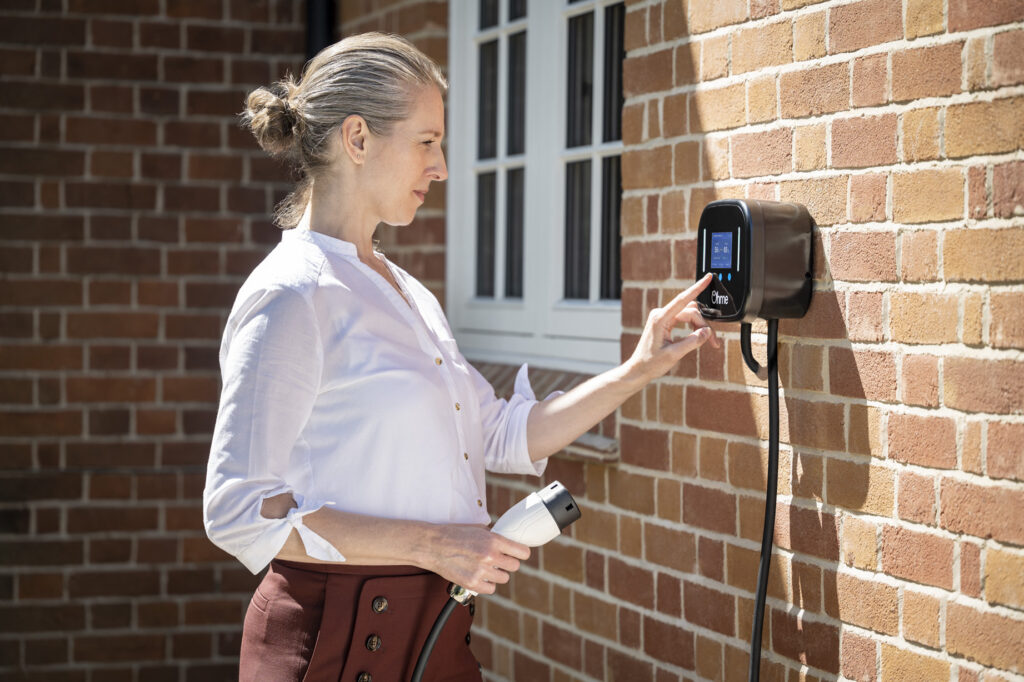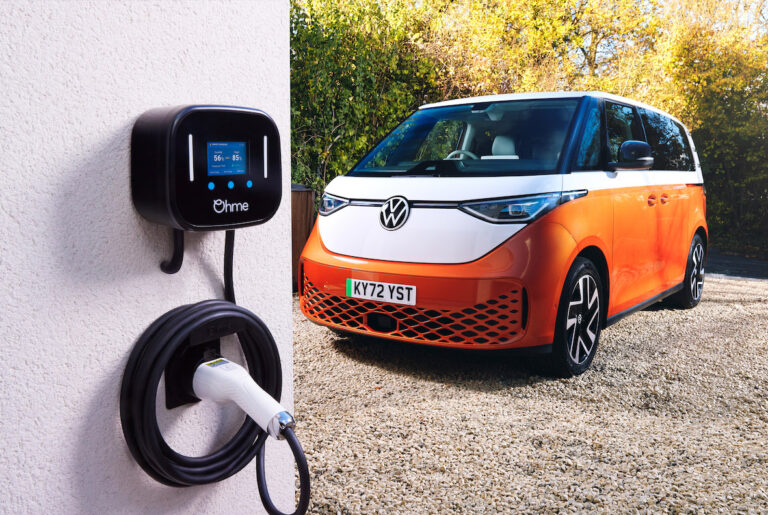So you’ve decided to make the switch to your first EV. Your next decision is going to be choosing a home charger.
If you’re buying new, then some car makers and dealers have tie-ups with certain home charger manufacturers either for a discounted or approved charger. And, increasingly, those deals are being rolled out amongst used models too as dealers try to encourage EV interest among retail buyers.
But if you’re looking to buy an EV charger, what should you go for and what should you be looking out for? Do you opt for a trusted brand name or a cheaper less well-known brand, what level of functionality do you need and what do you need the charger to actually do beyond charge your car?
Background
When EVs and home chargers first arrived, the reality is that they were little more than sockets on the wall. They had little to no functionality and couldn’t be controlled by an app, you simply plugged in your EV and that was it.
Since June 2022 however, all home EV chargers in the UK have had to comply with the UK Smart Home Charger regulations meaning that they are pre-set to off-peak charging hours, have a randomised delay and boast various cybersecurity measures.
Proof of meeting those regulations comes in the form of a certificate that comes with every charger called a Statement of Compliance. Some charger manufacturers were allowed to continue selling non-compliant chargers after that date through a system called derogation, so always make sure that you ask if a charger has that Statement. If not, then walk away.
Tethered or untethered
Home EV chargers come in two forms, tethered and untethered. Put simply, tethered means the charging lead is attached to the charger while, unsurprisingly, untethered means it doesn’t.
Which one is better? Neither, it comes down to personal choice. Most cars now feature a Type 2 charging socket, while some older EVs and PHEVs have different sockets. If you’re likely to be adding a Mk1 Nissan Leaf to your home fleet anytime soon, then you may want the untethered version to account for that – though you can also buy cable converters. Some people also think that a tethered charger looks slightly neater on their wall without the length of cable on show.
As for tethered, the easiest factor is one of convenience. Yes, that lead is constantly on show, but equally you won’t have to go digging out the lead every time you want to plug your car in – which, believe us, gets very tiresome very quickly.
The other factor is choosing between the two is also the parking outside your home. If you’re unlikely to be able to park your car close to your charger, then you may need a longer lead. Most manufacturers of tethered chargers offer a choice of lead length, but some don’t so you need to choose wisely and pick accordingly.

Price
Cheaper is always better, right? Wrong. Unfortunately not all charger prices are equal. Some require extra software or additional items to the charger itself to work in your home or be integrated into solar panels or battery storage units.
The biggest extra cost however is likely to be installation. So make sure you’re comparing like with like, ie the charger on its own or a charger that’s fully installed in your home with nothing else to pay. Ideally, you really want a charger installed by someone who is approved by the company itself, has fitted them before and is familiar with the product.
Smart energy tariffs
Why are we mentioning your home electricity tariff when it comes to your charger? That’s for a very simple reason. You’re probably familiar with the numerous smart electricity tariffs that are on the market, the most popular ones being from Octopus and OVO.
Those electricity tariffs have become more complex than simply just fixed off-peak hours of cheaper electricity. They’re now much more dynamic, helping energy companies to balance supply and demand on the grid and maximise use of renewable energy sources when available. All industry predictions are that tariffs will only become more complex in future years too.
You want a charger that is compatible with all energy tariffs in the UK, whether it connects to the car through API or not. Many charger manufacturers claim to be connect to any tariff through the car’s API, but if this changes in future (as Jaguar has just done with its I-Pace), then those tariffs will no longer be accessible.
However, if the charger itself can access any tariff such as those from Ohme, then that means you can access any tariff that you might choose now or in the future. Put simply it’s shifting the onus of connecting to those more dynamic tariffs to the charger itself rather than to the API connection with the car – which may not be guaranteed longer term.
Solar/ battery storage
PV or solar panels and battery storage are a crucial question to ask yourself about next. Are you likely to fit or want either of them on your house and, more crucially, do you want either to be able to charge your car?
Some chargers offer compatibility with solar and/ or battery storage, while others don’t. But that’s not the end of the world, because this is about buying a charger that’s right for you and your needs. There is no point in you paying for functionality that you don’t, and won’t, need either now or indeed, ever. If you’re unlikely to want to fit solar panels in the future, then a charger with solar compatibility need not be high up your shopping list.
Styling
Remember, as with life, looks aren’t everything. Being brutally frank, some chargers look better than others, but functionality and usability will be far more attractive in the long run than something that’s easy on the eye. You’ll also want an app that’s easy to navigate and work your way around.
Without wishing to sound too boring and sensible, a charger that has maximum functionality and makes your EV charging as easy and as affordable as possible is more important than one that looks good but doesn’t do any of those things or is unreliable. And talking of reliability…
Do your homework/ advice
Just as your car is likely to be the second most expensive purchase in your life after your home, so a charger is an expensive purchase too, so you’ll want to do your due diligence.
You need to be buying from a reputable company that’s well known and will offer good customer service back up if you need it. So check out the likes of Trustpilot and also ensure that they have been around for a while. Previously, some charger manufacturers have withdrawn from the home charging market and have withdrawn support for their apps as a result, so you want to know that any company is in good health and unlikely to leave you high and dry in future.
How do you do that? Truly independent home charger advice is hard to find, so ask electricians, local wholesalers or consult websites such as www.whatwallcharger.com for reviews.

